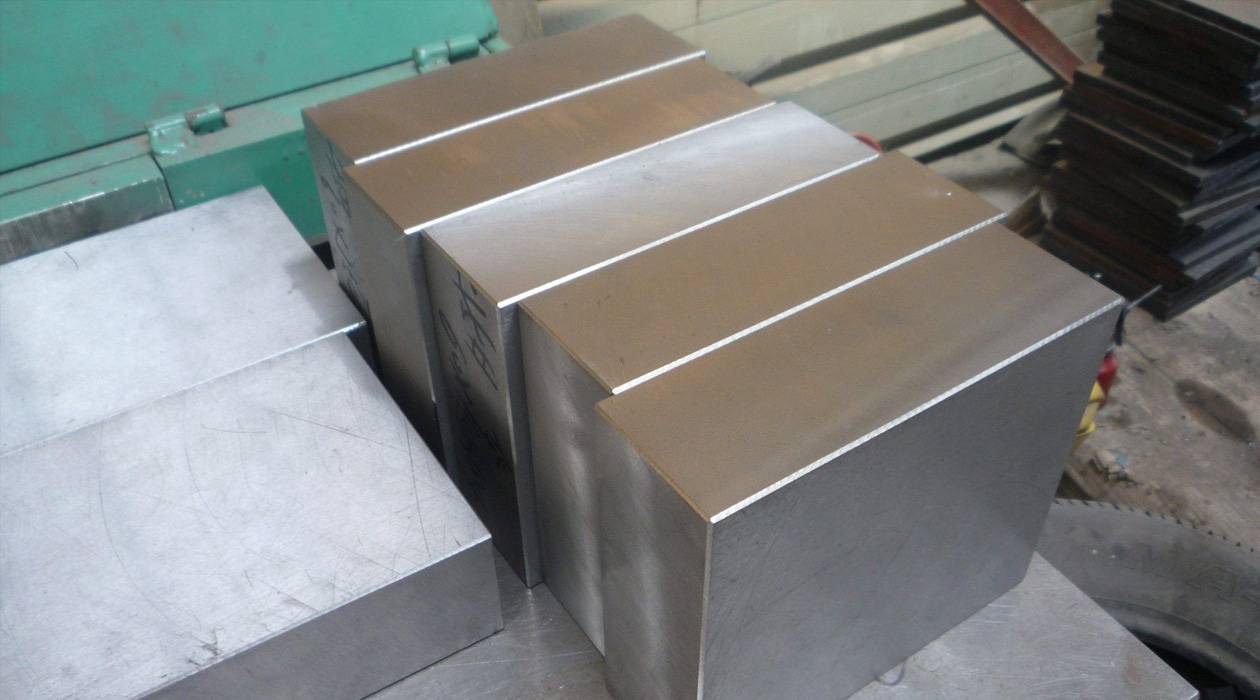Product
ASM 4117 pertains to aluminum casting alloys, detailing their chemical composition and mechanical properties for use in cast products, such as engine blocks or structural components. Even though this standard is heavily implemented in the aerospace sector and others that require cast alloys, Aluminium 6082 blocks suppliers need to take notice of the fact that it does not apply directly to extrusions. On the contrary, ASTM B221 is a specification covering aluminium and aluminium alloy extrusions, such as beams, bars, and blocks. The primary application for extruded products such as Aluminium 6082 blocks is for their strength and versatility. Although these standards are aimed at different manufacturing processes, namely casting versus extrusion, they both play a very important role in defining the quality of aluminium blocks used throughout the EU.

Advantages
For Aluminium 6082 blocks suppliers, knowing the applications of both ASM 4117 and ASTM B221 would be important in fulfilling the requirements of their customers. ASTM B221 gives detailed requirements for extrusions, and thus, the products such as Aluminium 6082 blocks are expected to meet the mechanical properties, dimensional tolerances, and strength that are required in structural and engineering applications. It ensures that castings of extruded blocks are uniform in quality across a wide spectrum of applications, from machinery to construction. ASM 4117 is more applicable for the supplier of cast aluminum products because cast alloys have the strength and wear and corrosion resistance needed for them. Knowing which standard is relevant to which production process allows the supplier of Aluminium 6082 blocks to provide the correct product for the needs of his client.
Conclusion
Both ASM 4117 and ASTM B221 provide important definitions regarding aluminium blocks, but their orientations are different. In the production of extruded blocks, suppliers of Aluminium 6082 blocks find ASTM B221 relevant, but in the context of cast aluminium, it is important to be well-defined by ASM 4117. Understanding the differences between these two standards will help suppliers better understand the European aluminium market complexities and ensure they meet the specific needs of their customers and remain competitive. Compliance with these standards means that Aluminium 6082 blocks meet the necessary quality, strength, and durability criteria that enable them to serve a broad range of industries and applications.